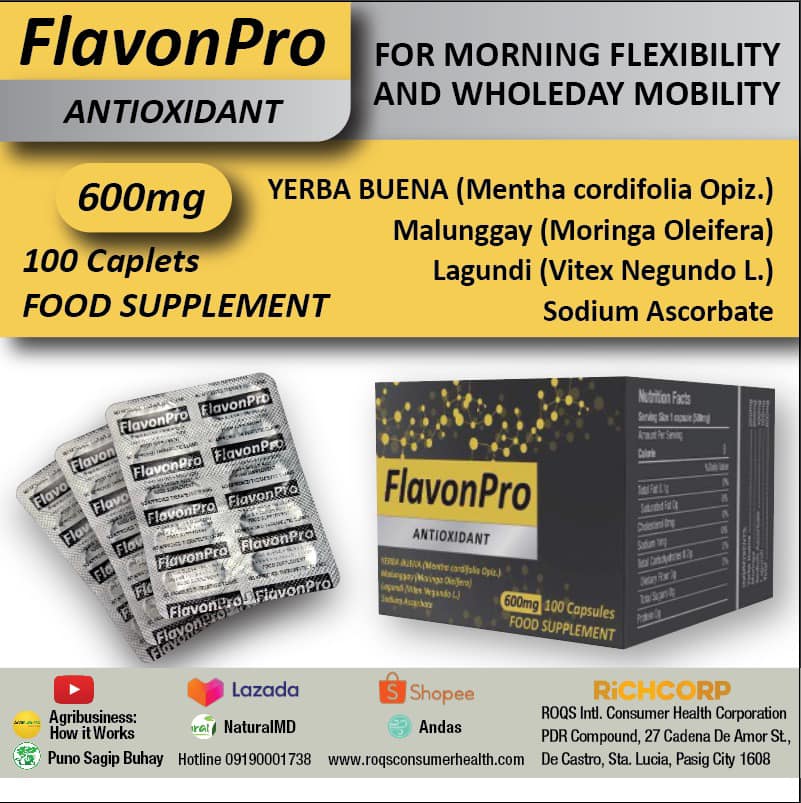The government will provide a strong research and development (R&D) support for 12 fishery commodities that are being positioned to be a huge dollar earner and a source of rural jobs and livelihood.
Export revenue from the fishery sector is reaching to $700 to $800 million annually as reported by the Department of Agriculture – Bureau of Fisheries and Aquatic Resources (DA-BFAR). But its potential is as much as $10 billion, according to Agriculture and Fisheries 2025 Visioning report, considering the country’s immense marine biodiversity and archipelagic nature.
The Bureau of Agricultural Research-Department of Agriculture (BAR-DA) is supporting the national government’s thrust to boost fisheries revenue with its lineup of R&D programs for 12 commodities from 2011 to 2016.
These are on tuna, seaweeds, shrimp, tilapia, milkfish, shellfishes, including abalone and oyster, mudcrab, rabbitfish, sea cucumber, grouper, and pangasius.
“Government’s thrust to make the fisheries sector a big dollar earner and jobs supplier is a potential that the fishery industry has long recognized. Our research programs will help establish these hopes and sustain the sector in reaching revenue targets,” said BAR Director Nicomedes P. Eleazar.
Tuna, being the country’s top export earner at close to $400 million, is a top BAR R&D agenda. This involves mapping through geographic information system (GIS) of migratory patterns of tuna and value adding technologies in order to generate more, higher priced tuna products than the present export of mostly canned tuna.
This is in collaboration with the Bureau of Fisheries and Aquatic Resources (BFAR), Southeast Asian Fisheries Development Center Aquaculture Department (SEAFDEC/AQD), and the University of the Philippines Visayas.
For shrimp which contributes $70 million to fishery export, there is a need to come up with a Philippine-bred, disease free broodstock. The country presently imports disease free, technically called Specific Pathogen Free or Specific Pathogen Resistant (SPF or SPR) broodstock for Black Tiger Shrimp. Shrimp or prawn has a huge export market in developed countries even as Thailand exports prawn at $1-$2 billion yearly.
Use of biocontrol agents, such as the green water technology, in grow-out culture is now practised by shrimp producers in the country. The development of this farmer-friendly technology was a project funded by the BAR through its Biotechnology Research and Development Program.
Seaweeds, exported at around $130 million mostly in the form of semi-processed carrageenan, require programs on the development of disease-free species particularly for the food processing grade cottonii variety.
Molecular marker assisted breeding will be used to develop disease-resistant strains. Other seaweed programs are the establishment of live gene bank for the identification of quality seaweed germplasm and a study on seaweed growing’s stock enhancement and stock monitoring system.
For tilapia, the R&D agenda focuses on the development of low-cost, high-quality, and environment-friendly feeds. While BFAR’s National Fisheries Research and Development Institute (NFRDI) has already developed excellent tilapia strains such as saline tolerant and cold tolerant tilapia, there is a need to produce their broodstock and fingerlings.
The production of fry for tilapia suitable for extreme temperature arising from climate change is an important concern as much as this is also a concern in other fishery species.
A popular local fish species, milkfish, needs improved hatchery techniques on broodstock management, nutrition, larval rearing, and handling. Low cost feed production, mapping of fry sources, and proper cage design under extreme environmental conditions are other milkfish research areas.
BAR is also supporting R&D for other fishery products that have yet to be produced in bigger quantities. R&D area in mudcrab includes development of a hatchery system, production of quality broodstock, and value adding technologies.
Other products that require a good hatchery system and value adding technologies are rabbitfish, sea cucumber, abalone, and other shellfishes. For pangasius, a big export product of Vietnam, the R&D concern is on the production of fingerlings.
The rest of the research areas are on identification of potential sites for oyster and quality control standards particularly for the depuration from PSP (paralytic shellfish poisoning) toxins of oyster; genetic fingerprinting for breeding of grouper; and development of grow out culture protocol and marker assisted breeding for abalone and other shellfishes.
The A&F 2025 spearheaded by DA and the Congressional Commission on Agriculture and Fisheries Modernization indicated that the Philippines can become a seafood basket and aqua-marine center of the world.
Among the goals are to produce one million metric tons (MT) of bangus and 500,000 MT of tilapia, and 90,000 MT of shrimp from the present 35,000 MT; establish a 1,000-hectare aquaculture area that is mechanized and a tilapia grow-out facility for private farmer partnership; and set up a fisher technician training program and a community organizing volunteers project. Carol Rosqueta, Bureau of Agricultural Research



